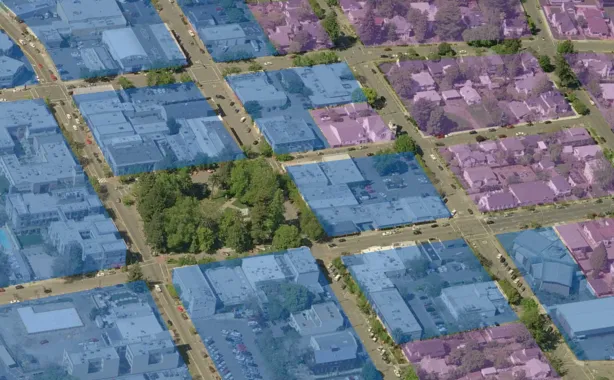Course Info
5 video lessons (63 Mins)
Published
2019-
4.46
Preview Course
Browse Course Chapters
-
1.Introduction
3 mins
-
2.Regulating by Density
17 mins
-
3.Regulating Without Density
8 mins
-
4.What is a Building Type
18 mins
-
5.Using Building Types to Articulate Physical Character
15 mins
Course Description
Building types are an important component of the physical environment, existing for millennia in all types of places, from crossroads and small towns to large cities.
This important component of the built environment was left aside when modern zoning focused on the separation of uses while establishing the arbitrary numerical controls of use, density, and floor area ratio. After about 60 years of dealing with that experiment, many communities are changing from this myopic approach in favor of form-based codes (FBCs) to focus first on physical form.
Along with this change in practice, building types have regained attention over the past 30 years as a key component in the original FBCs and a part of many recent FBCs. Yet, among code practitioners and public sector planners, there is significant disagreement about the effectiveness of and the need for building types. Some say that building types are too confusing. Some say that building types are just another thing to learn amidst an already busy job.
Some say that building types are indispensable. In looking closer, building types are not an all or nothing question. This course will teach you what a building type is (and is not), how intended physical form can be articulated better through building types instead of through density or FAR, and how building types achieve compatible and predictable built results. By the end of this course, you will have a high understanding of why building types are useful and a basic understanding of the types of contexts where building types are most effective.
Learn these skills
- Development
- Land Use
- Law and Policy
- Regulations
- Urban Design
- Zoning Codes
AICP CM
This course is approved for 1 AICP CM credit.
AIA CES
This is 1 LU.CNU-A
This course is approved for 1 CNU-A credit.
SACPLAN CPD
This course is approved for 1 SACPLAN CPD point.



























